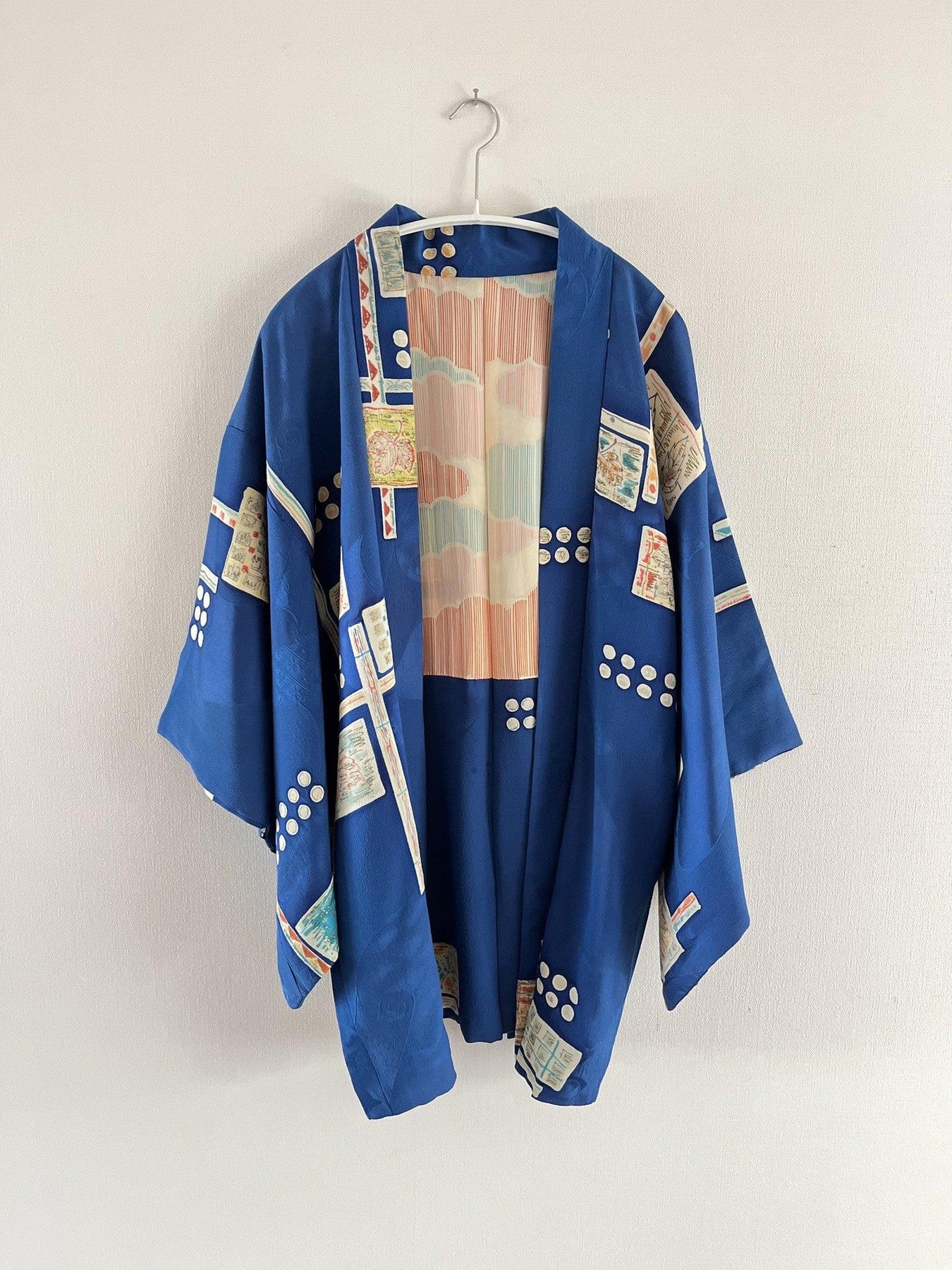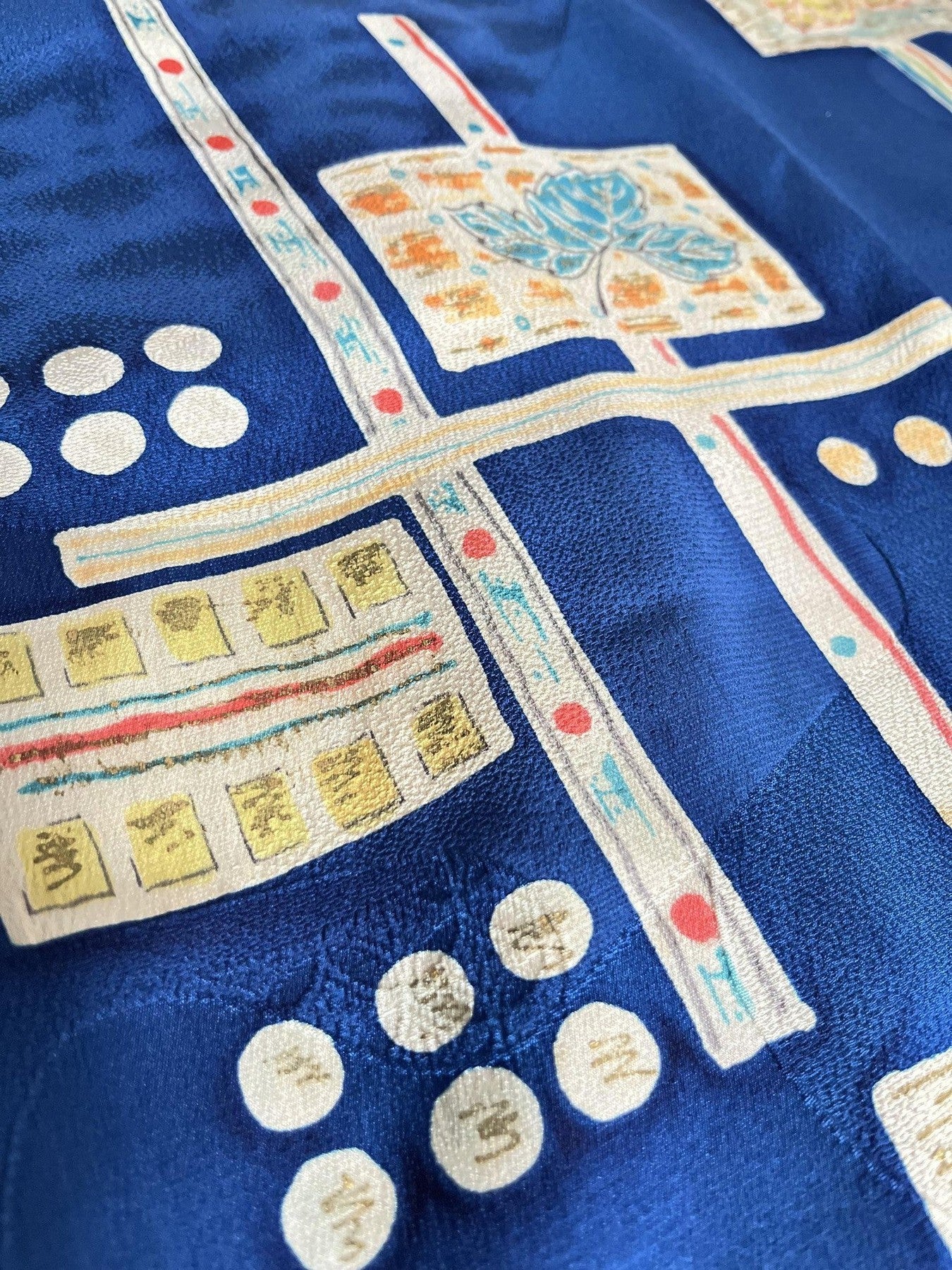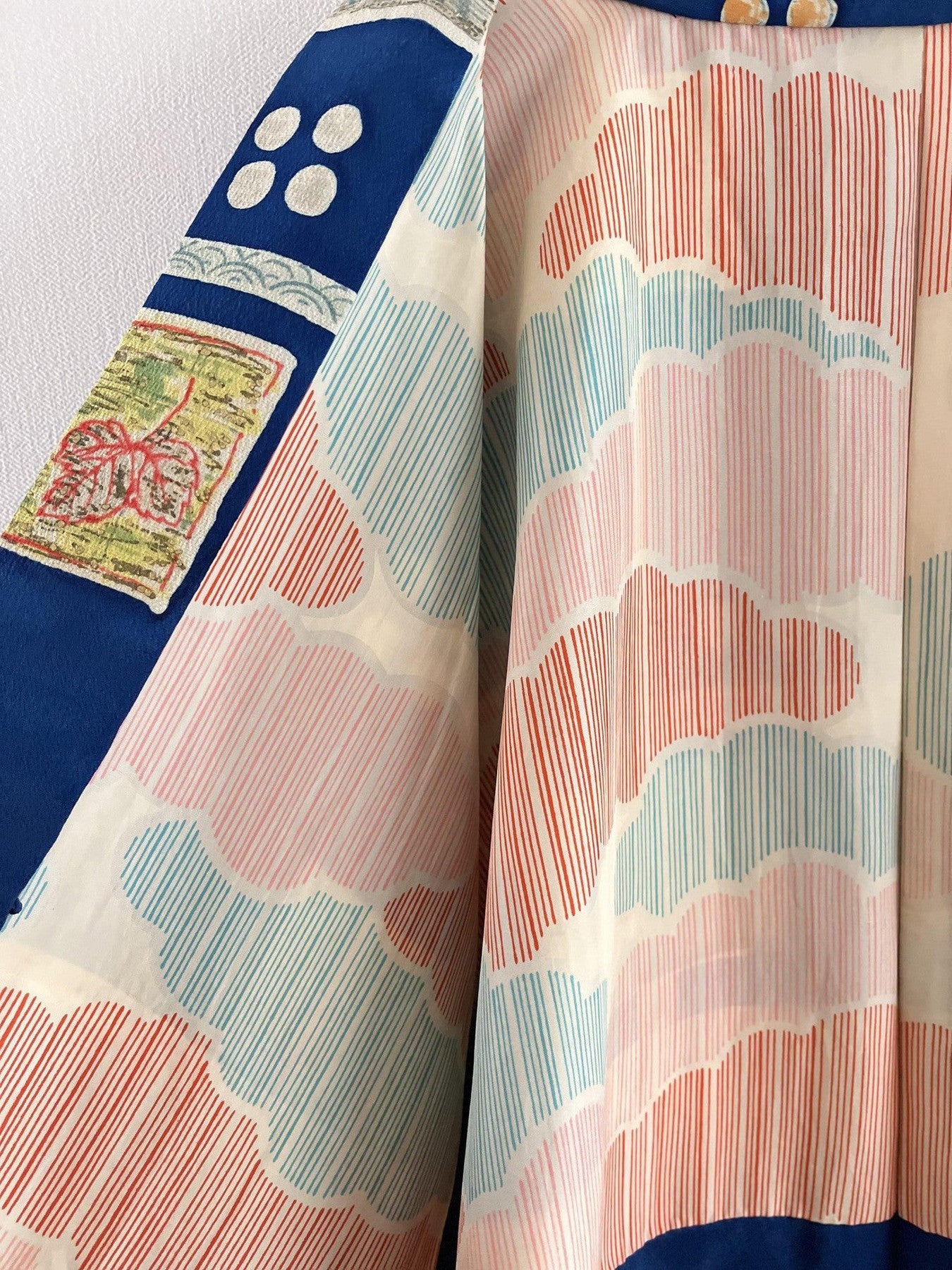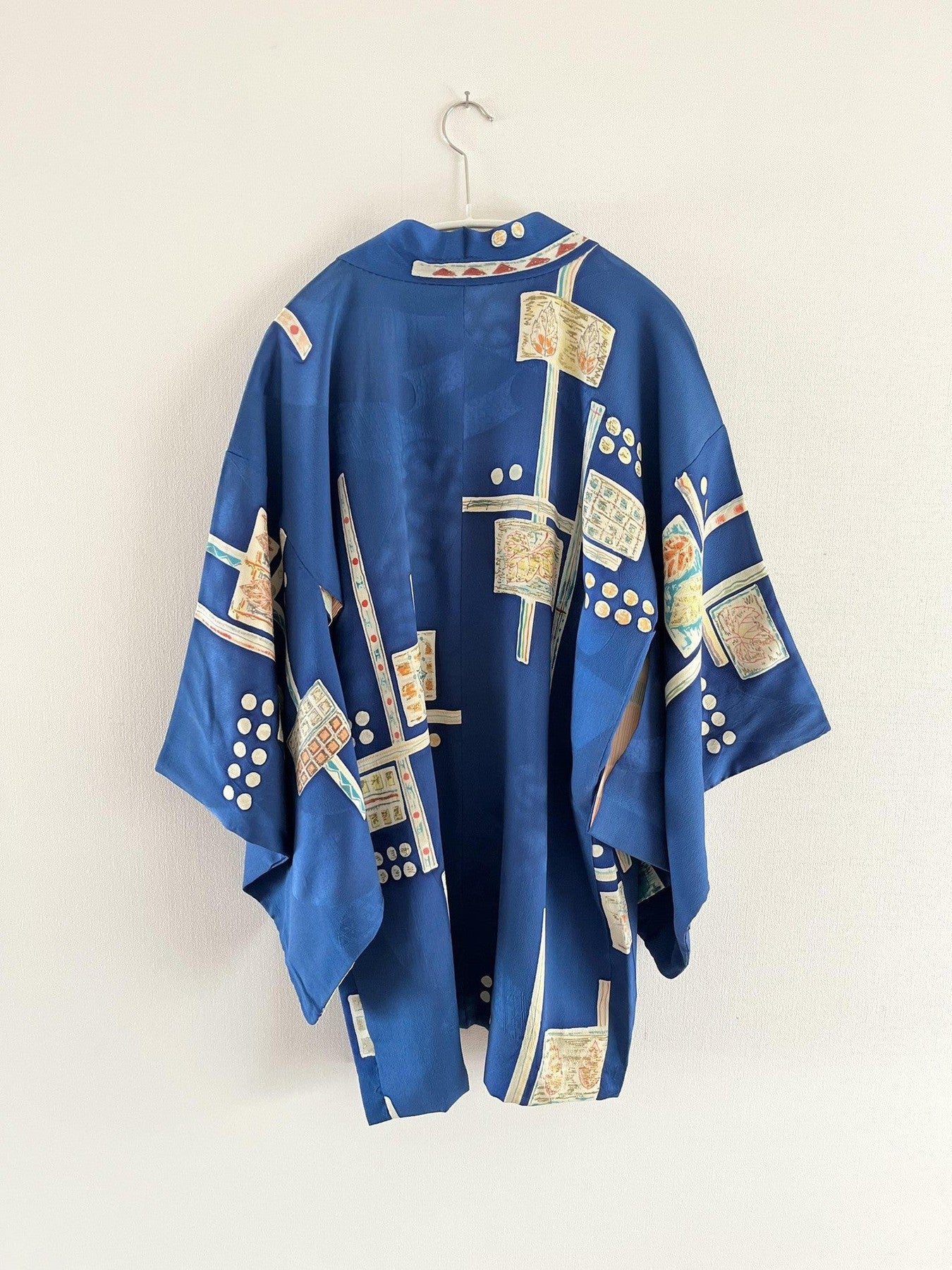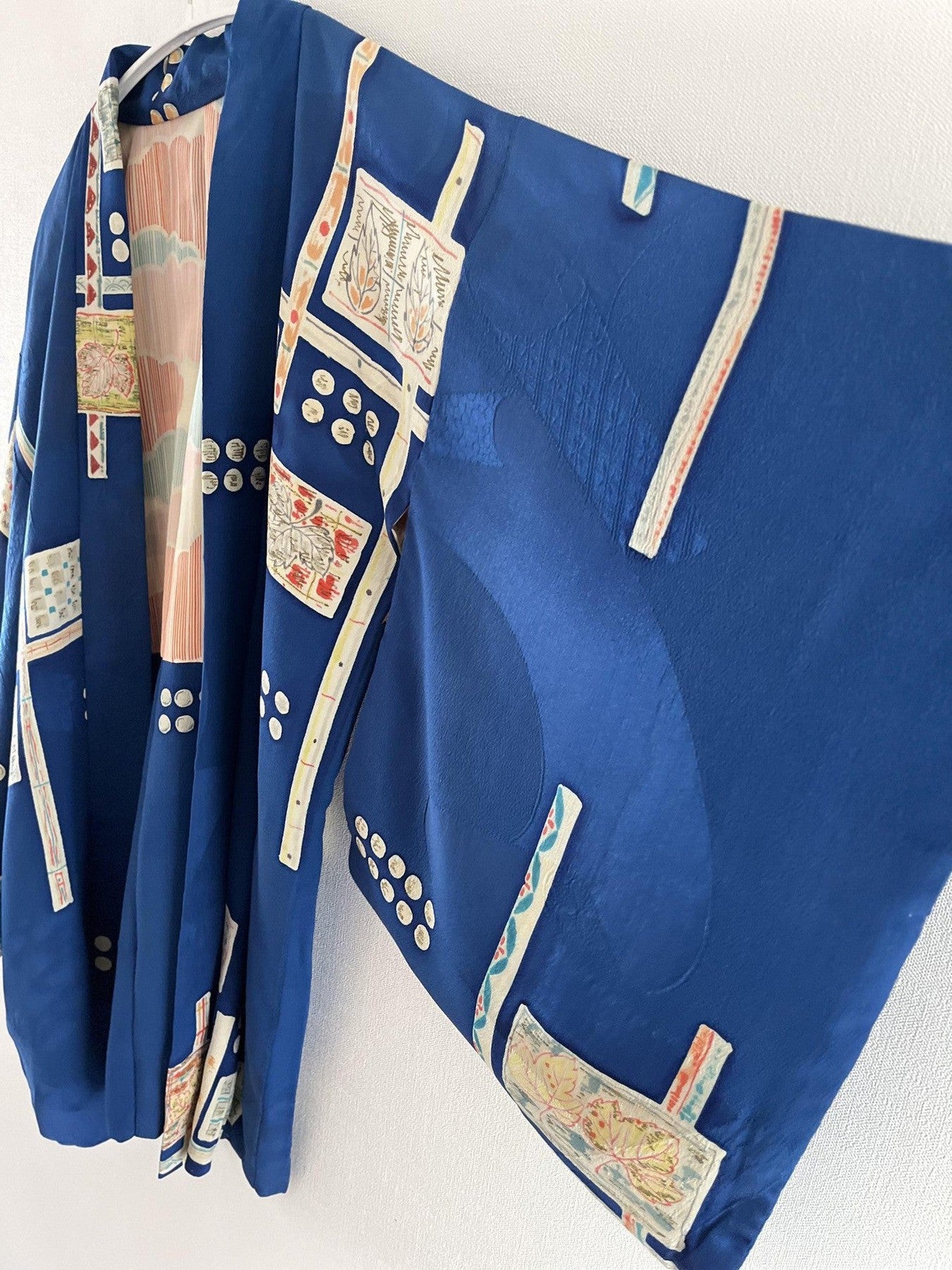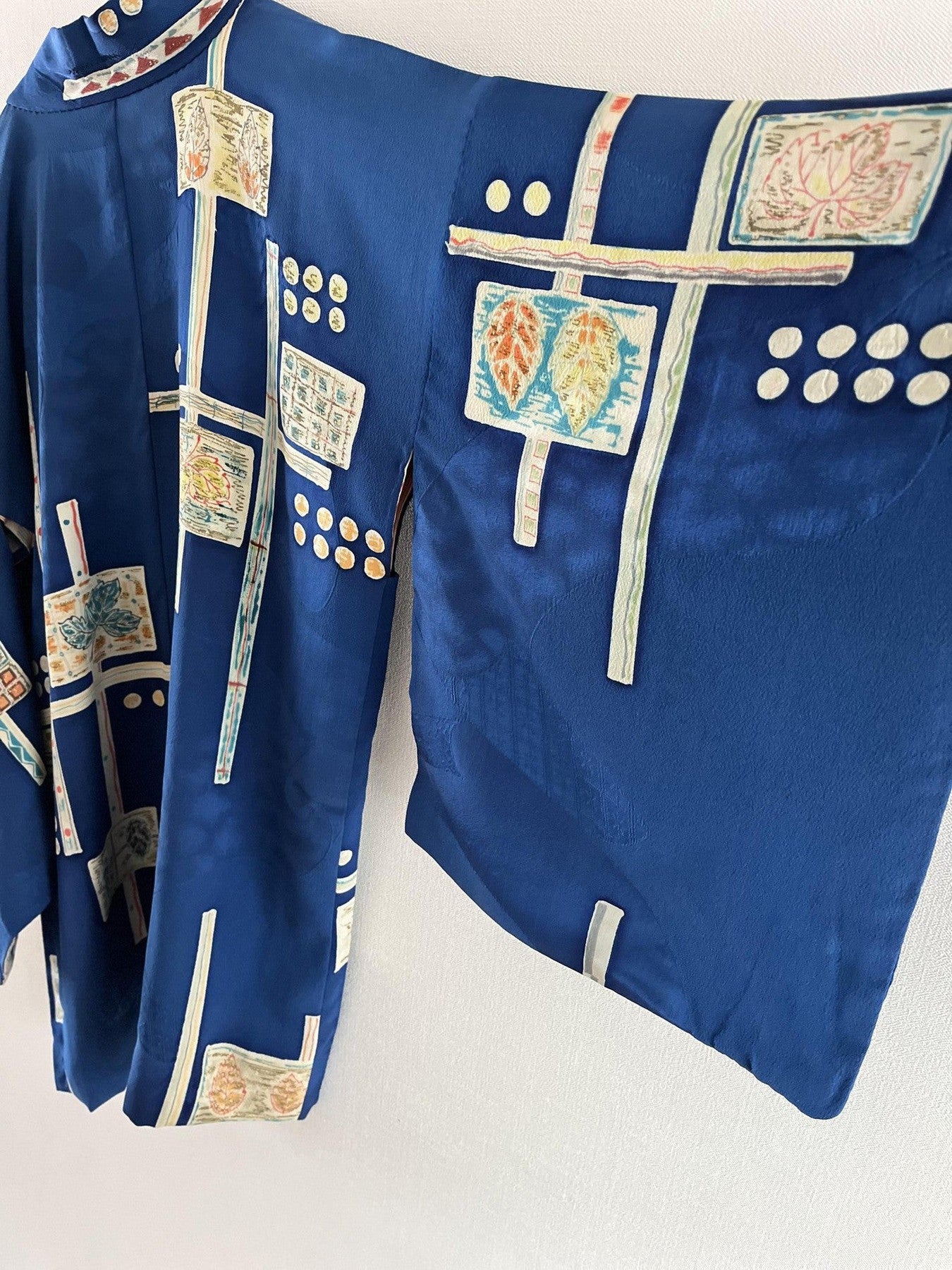1
/
of
6
Blue Pop Haori
Blue Pop Haori
Regular price
€480
Regular price
Sale price
€480
Unit price
/
per
Couldn't load pickup availability
This women's haori features a pop geometric pattern on patterned weave.
Circa 1920-1940s
Japanese silk
Hand sewn
Measurements
Length (collar bottom to hem): 76cm
Width (pit to pit): 58cm
Collar center to sleeve end: 64cm
